 People have been feeling the effects of inflation in nearly every aspect of their lives. Everything from food to gas to home repair products seems to be increasing with each day. So, what caused this inflation to occur and what is it affecting most?
People have been feeling the effects of inflation in nearly every aspect of their lives. Everything from food to gas to home repair products seems to be increasing with each day. So, what caused this inflation to occur and what is it affecting most?
Inflation has found its way to oil and gas prices, food, rent, and travel the most. To put that in perspective, the 2022 June Consumer Price Index (CPI) numbers give a sense of how inflation has affected us.
Meats, poultry, fish, and eggs, saw a 14.2% increase year over year, likely exacerbated by supply chain shortages and the effects of COVID-19 lockdowns and stimulus. Gas saw a 30.2% increase year over year due to similar issues but was compounded by the Russian-Ukrainian conflict. In addition, airline fares increased 37.8% due to supply chain shortages and COVID-19 travel bans. And now, inflation in rent prices is showing that these costs make their way around the market, pushing rents and real estate prices even higher.
In the context of your retirement, this likely means you’ve had to adjust your budgets and spending patterns to make sure you don’t over-burden your retirement income. You may have re-considered travel plans, cut back on eating out, or avoided certain grocery items that have seen large price increases.
With this inflation came a hefty amount of market volatility. If you’re approaching retirement, you may have felt the effects of the recent market downturn in your market-exposed investment accounts. So, how does this all tie together?
The Federal Reserve has raised interest rates aggressively to combat the effects of inflation, citing inflation as a major threat to the economy. However, this also comes at the cost of slowing the economy and inducing a declining stock market. The Fed cites an already strong labor market, but if inflation sticks around and interest rate hikes continue, will it induce stagflation? While the Fed does not believe stagflation is a heavy concern, some economists predict that it could be a possibility.
Stagflation is the concept that inflation accompanies a recession, rather than trading one for the other. In the 1970s, among other factors, labor unions threatened profit margins for businesses, creating layoffs and a slow economy. But high-interest rates were needed to combat the inflation caused by oil embargos and government assistance was also needed to support the laid-off, inflation-affected population which created high budget deficits. Add in geopolitical conflict and the collapse of managed currency rates and you have stagflation – persistent inflation accompanied by a recession.
Learn More
There are financial products out there that can help protect against the effects of inflation and there are strategies that you can implement. But there is no one-size-fits-all solution and there are pros and cons to each. If you’re wondering how to protect against inflation, market volatility, or stagflation in your retirement portfolio, contact us at (540) 720-5656.





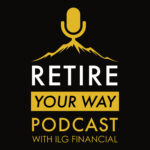







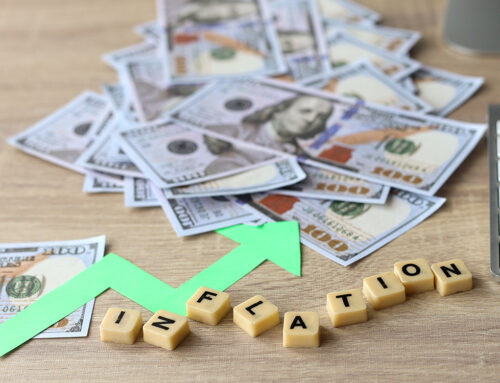

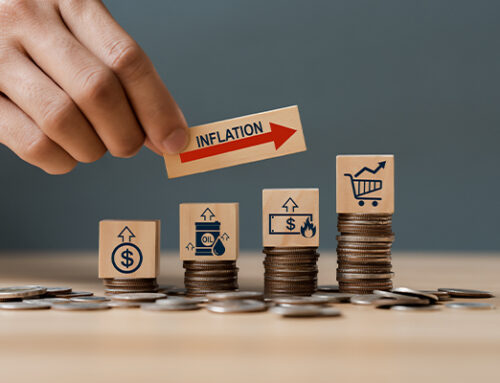
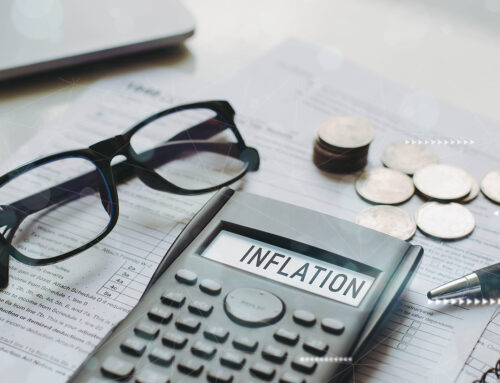
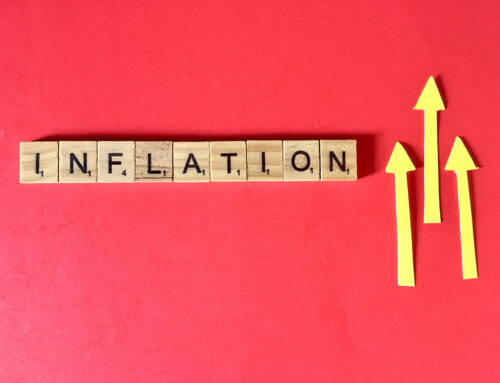
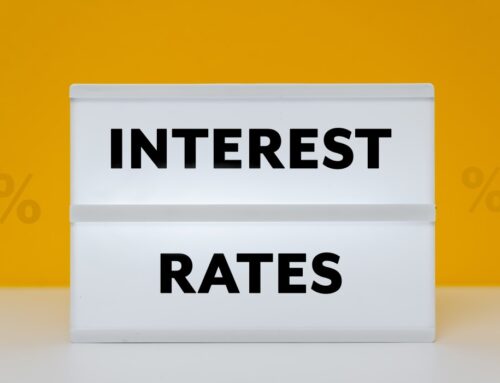



 Megan Jones joined the ILG Financial team in 2020 as marketing director. Megan and her husband live in Fredericksburg, VA with their German Short Haired Pointer, Gus. Megan is a graduate of Longwood University and holds a degree in communications. Megan is the oldest of Dave Lopez’s three children and not only enjoys working alongside her father, but also with her cousin, Chase, who joined the ILG Financial team in 2020 as an advisor. Megan is also a fully licensed Life, Health, and Annuity agent. When not at work, Megan enjoys sitting on the back porch with family and friends enjoying food and music.
Megan Jones joined the ILG Financial team in 2020 as marketing director. Megan and her husband live in Fredericksburg, VA with their German Short Haired Pointer, Gus. Megan is a graduate of Longwood University and holds a degree in communications. Megan is the oldest of Dave Lopez’s three children and not only enjoys working alongside her father, but also with her cousin, Chase, who joined the ILG Financial team in 2020 as an advisor. Megan is also a fully licensed Life, Health, and Annuity agent. When not at work, Megan enjoys sitting on the back porch with family and friends enjoying food and music. Chase Lopez joined the ILG Financial team in 2020 as an advisor. Chase is a 2016 James Madison University graduate with a degree in management. Chase has been trained under the tutelage of Dave Lopez, who is not only the founder and managing member of ILG Financial, but also is Chase’s uncle and godfather. He also enjoys working alongside his cousin, Megan, who is Dave’s daughter.
Chase Lopez joined the ILG Financial team in 2020 as an advisor. Chase is a 2016 James Madison University graduate with a degree in management. Chase has been trained under the tutelage of Dave Lopez, who is not only the founder and managing member of ILG Financial, but also is Chase’s uncle and godfather. He also enjoys working alongside his cousin, Megan, who is Dave’s daughter. Amy Anderson joined the ILG Financial team in 2023 as the client relations coordinator. Her responsibilities include scheduling of appointments, annual check-up notifications, and annuity and required minimum distribution assistance. She is a graduate of Harding University with a degree in Computer Information Systems. Amy and her husband have two children and she enjoys reading, crocheting, music and spending time with her family.
Amy Anderson joined the ILG Financial team in 2023 as the client relations coordinator. Her responsibilities include scheduling of appointments, annual check-up notifications, and annuity and required minimum distribution assistance. She is a graduate of Harding University with a degree in Computer Information Systems. Amy and her husband have two children and she enjoys reading, crocheting, music and spending time with her family. Jessica Carson joined the ILG Financial team in 2018 as an agent. Jessica and her husband have four children, two dogs, 3 barn cats, 5 chickens, and three parakeets. She indeed loves her children and pets! When not at work, Jessica enjoys playing the piano and cello as well as traveling and spending time outside with her family, hiking, fishing, and boating.
Jessica Carson joined the ILG Financial team in 2018 as an agent. Jessica and her husband have four children, two dogs, 3 barn cats, 5 chickens, and three parakeets. She indeed loves her children and pets! When not at work, Jessica enjoys playing the piano and cello as well as traveling and spending time outside with her family, hiking, fishing, and boating. Terri Center joined the ILG Financial team in 2019 as client services manager. She handles client records, application processing, and gathering information to provide a professional and friendly experience with all of our clients. Terri is a graduate of Oakland University. She is married and has two children. She enjoys hiking, family time, and puzzle challenging video games. She also likes to share her creativity in her canvas paintings and sewing projects.
Terri Center joined the ILG Financial team in 2019 as client services manager. She handles client records, application processing, and gathering information to provide a professional and friendly experience with all of our clients. Terri is a graduate of Oakland University. She is married and has two children. She enjoys hiking, family time, and puzzle challenging video games. She also likes to share her creativity in her canvas paintings and sewing projects.